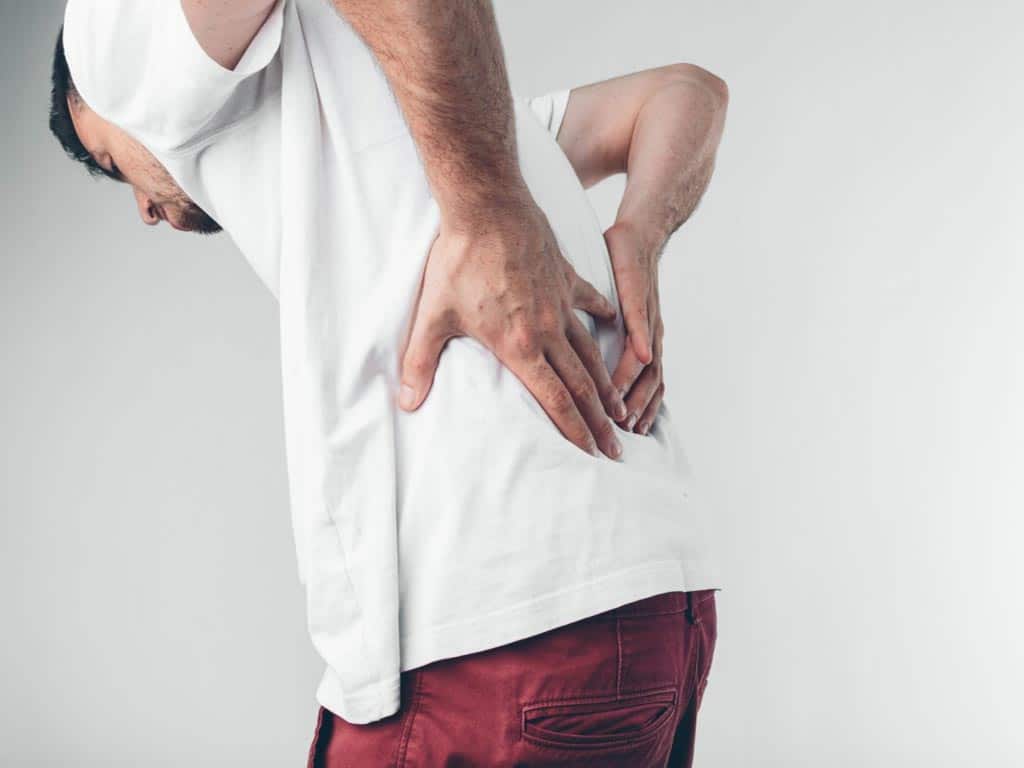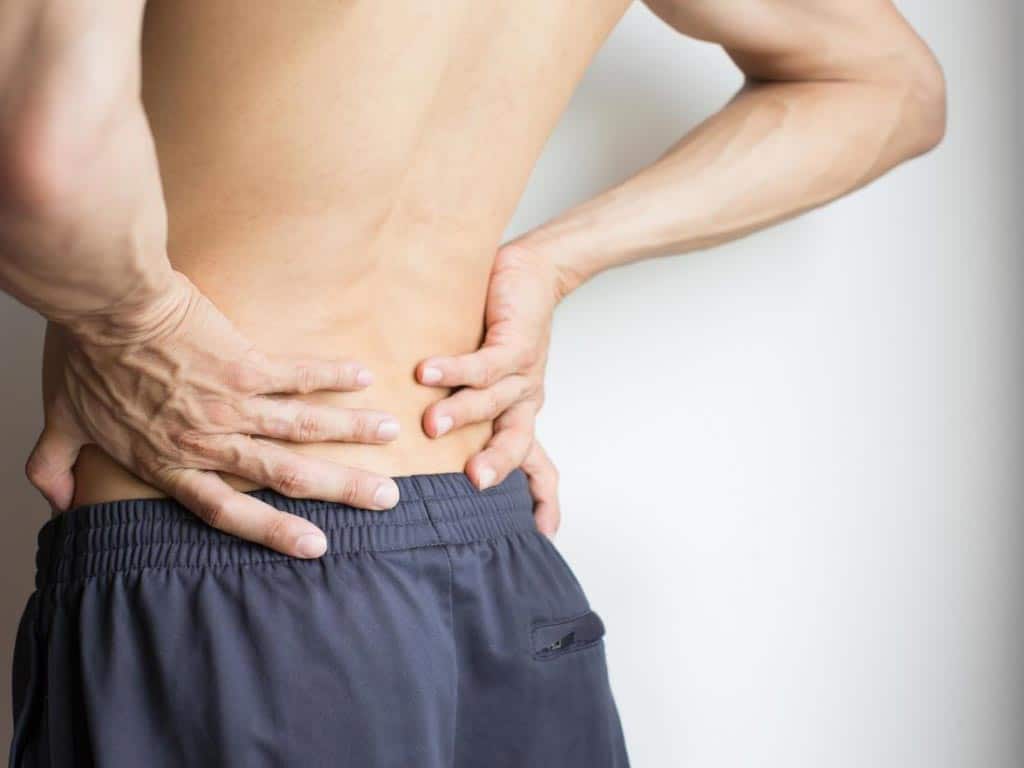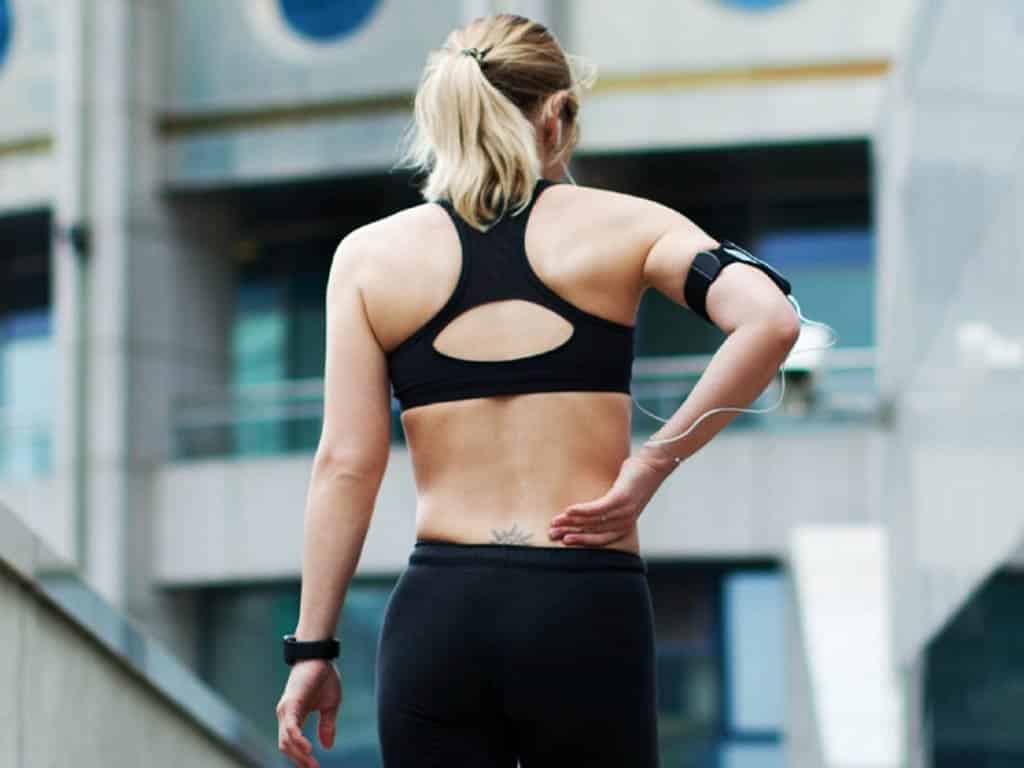
The lower back anatomy consists of five robust lumbar vertebrae that safeguard the spinal canal, which holds the spinal nerves. It supports the body’s weight, offers stability, and enables various body movements. To protect the lower back from strain and sprain, people should maintain proper posture and body mechanics. Strengthening the abdominal, back, and pelvic floor muscles also aids in maintaining lower back stability. Moreover, individuals should refrain from sudden movements and practice proper lifting techniques.
Lower back sprains and strains can cause intense pain and discomfort, limiting daily activities and affecting overall quality of life. Many people experience lower back injuries due to various reasons. These include poor posture, lifting heavy objects incorrectly, sudden movements, or overexertion during physical activities. These injuries can be debilitating, making it difficult to perform simple tasks and causing chronic pain. This article will present the anatomy of the lower back and suggest preventive measures to avoid sprains and strains.
Understanding the Lower Back Anatomy
Lower back anatomy refers to the structure of the lower region of the back, also known as the lumbar spine. The lumbar spine consists of five vertebrae located below the thoracic spine and above the sacral region. These vertebrae are larger and stronger compared to the other spinal segments. They support much of the body weight while enabling various movements.
Moreover, the lumbar spine provides both flexibility and stability to the body. It comprises key components: vertebral bodies, intervertebral discs, facet joints, and spinal nerves. Vertebral bodies form the spine’s main structure, while intervertebral discs act as shock absorbers. Facet joints connect the vertebrae and enable smooth movement. Additionally, spinal nerves play a crucial role in transmitting signals between the brain and various body parts.
Various muscles support the lower back, including the deep muscles, abdominal muscles, extensor muscles, and flexor muscles. The deep muscles provide stability and control to the spine. In addition, the abdominal muscles aid in the flexion and rotation of the trunk. Furthermore, the extensor muscles help maintain upright posture, while the flexor muscles assist in bending forward.
What Are The Muscles Located In The Area?
- Erector spinae muscles: lie along the spine in the lower back region. They maintain an upright posture and support the spine during various movements.
- Quadratus lumborum muscles: aid in stabilising the pelvis. They play a crucial role in actively bending sideways and extending the lower back.
- Latissimus dorsi muscles: extend from the upper arm to the lower back. They pull the arms downward and backward and contribute to trunk rotation.
- Gluteus medius muscles: located in the buttocks and stabilise the pelvis, particularly during activities such as walking and running. These muscles maintain balance and support the body’s weight.

How To Prevent Strain and Sprain in the Lower Back Anatomy
To prevent strain and sprain in the lower back anatomy, individuals should maintain a healthy spine. They can do this by engaging in exercises that strengthen the core muscles, including the abdominal, back, and pelvic floor muscles. These muscles provide support to the lower back and help maintain good posture and body alignment.
Additionally, people must avoid lifting heavy objects with improper form as it can put unnecessary strain on the lower back. When lifting, individuals have to use their legs, not their backs, and keep the object close to their body. Moreover, maintaining a healthy body weight can help alleviate stress on the lower back.
Furthermore, engaging in regular physical activity can help improve the flexibility and strength of the lower back. In addition, taking breaks from prolonged sitting or standing and practising proper ergonomics can aid in preventing lower back problems. By taking these preventive measures, people can minimise the risk of strain and sprain in the lower back.
Common Causes of Pain
One common cause of lower back pain is degenerative disc disease. This condition occurs when the intervertebral discs, which act as cushions between the vertebral bones, start to wear down. As a result, the discs can bulge or herniate, putting pressure on the sensitive nerves in the spinal canal.
Another common cause of pain is muscle strain. The lower back relies on various muscles, including the extensor, flexor, abdominal, and pelvic floor muscles, for support. When individuals overwork these muscles, it can lead to lower back pain. Other common causes of lower back pain include muscle spasms, muscle soreness, osteoarthritis, sciatica, arthritis and fibromyalgia.

Exercises For The Lower Back Anatomy
Exercising the lower back anatomy strengthens muscles and reduces the risk of injury. One effective exercise is the superman. To perform this, a person lies face down, extends their arms forward, and slowly lifts their legs and upper body. They hold this position briefly before lowering back down. This exercise strengthens the extensor muscles, improves posture, and eases lower back pain.
Another beneficial exercise for the lower back is the bridge. To do it, a person lies on their back with knees bent and feet flat on the floor. They place their arms at their sides, palms facing down. By pushing through their heels, they lift their hips off the ground. Holding this position briefly, they then lower their hips back down.
Lastly, the bird dog exercise works the lower back muscles effectively. To perform this, a person starts on all fours with hands shoulder-width apart and knees hip-width apart. They extend their right arm forward and left leg backward simultaneously. Holding briefly, they return to the starting position and repeat on the opposite side. Overall, regularly incorporating these exercises can significantly benefit the lower back.
When To See A Doctor
When someone has long-lasting lower back pain that does not improve with rest or self-care, they should see a doctor. The pain can come from different reasons, like strained muscles, herniated discs, spinal stenosis or degenerative disc disease. A doctor will examine the person to find out why they have the pain and create a suitable treatment plan.
Certain red flags may indicate the need for medical attention. These include numbness in the legs, difficulty controlling bowel or bladder function, or extreme weakness in the lower extremities. Additionally, individuals with a history of cancer, recent injury, or a compromised immune system should seek medical advice.
Conclusion
The lower back anatomy involves the arrangement of bones, muscles, and nerves in the lower part of the spine. It consists of the lumbar vertebrae that offer support and flexibility, along with the muscles that aid movement and stability. Nerves in this region transmit signals between the brain and the lower body, enabling sensation and control of bodily functions. To prevent strain and sprain injuries, people should maintain good posture, lift heavy objects properly, and engage in regular exercise.
Muscle strain and degenerative disc disease are two common causes of lower back pain. Degenerative disc disease occurs when the discs between the vertebrae in the spine break down. On the other hand, muscle strain happens when the muscles in the lower back are torn. Moreover, if someone experiences persistent lower back pain that does not improve with rest, they should see a doctor. Seeking medical attention can help determine the appropriate treatment to alleviate it.




















